Selma, Ala.—In silence and in safety, 4,000 men and women, Negro and white, some carrying babies, walked over Edmund Pettus Bridge and out of Selma Sunday afternoon, their eyes on the road to Montgomery.
Leading the pilgrimage were Dr. Martin Luther King and his guest for the march, United Nations Undersecretary Ralph Bunche. Both are Negroes. Around their necks they wore leis—presents of a delegation from Hawaii.
If these columns were the downtrodden, then Sunday was the day for them to lift their heads. Their way had been opened by federal court order. And the military might of the United States stood by to protect them.
At the foot of the bridge where state troopers with clubs and gas had halted them two weeks before, military police of the 720th Battalion from Ft. Hood stood on guard to let them pass. Overhead, three helicopters encircled them, each carrying observers to watch for trouble. Assistant Atty. Gen. Ramsey Clark cruised the march route. Federalized National Guardsmen, ordered in by President Johnson, guarded the route of the first day’s march. Bayonets fixed but sheathed, they stood by the road and shuttled along the line in Jeeps. But there was no trouble. A sizable crowd of citizens parked their cars beside the 4-lane stretch of Highway 80 beyond the bridge and watched. They remained almost as silent as the marchers. There was some heckling. Teenagers rode on side streets in a car painted, “Welcome to Selma, Peace and Quiet.”
The Negroes and their white sympathizers, many of them clergymen, marched to protest discriminatory practices in Alabama voting registrations and other grievances. But it was more. One of their leaders said this was not a show, but a war against the social structure of America.
At Brown’s Chapel where demonstrators have been launching various kinds of demonstrations in Selma for more than two months now, Dr. King spoke at a service prior to the march, which began a half hour past noon. “We are standing up together to make it clear we intend to see that brotherhood of man is a reality,” he said. King praised President Johnson’s speech to the Congress last week in calling for voting rights legislation. “Never before has a President of the United States spoken more eloquently or more unequivocally on civil rights,” King declared.
He said that Negroes, smothered in poverty and taught in segregated and inferior schools, have little money and not much education, but he added: “Thank God we have bodies and feet. We’ve waited a long time for freedom. Now is the time.”
Then the marchers formed in Selma’s Sylvan Street, eight abreast. Near the head was placed an old Negro man, Cager Lee, the grandfather of Jimmy Jackson, who was shot by a state trooper at Marion, Ala., several weeks ago and later died.
Only minutes before the sun set, the column of people reached their first campsite, 7.3 miles from where they started. There still remains 43 miles and four days to go before they reach Montgomery, the State Capitol, and perhaps Gov. George C. Wallace.




 Expert
Expert  Sharpshooter
Sharpshooter  Marksman
Marksman 


 Gov. Wallace
Gov. Wallace 
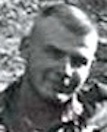 2LT Thomas
2LT Thomas 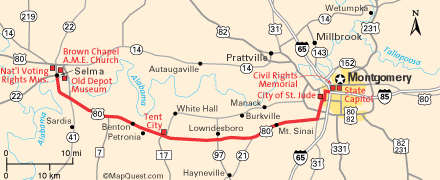
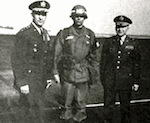
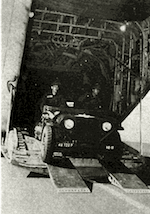
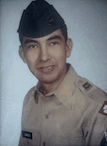

 SGT Boone
SGT Boone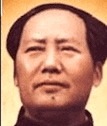 Mao
Mao  Minh
Minh LTC Escola
LTC Escola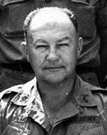 LTC Hill
LTC Hill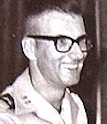 CPT Kochenour
CPT Kochenour